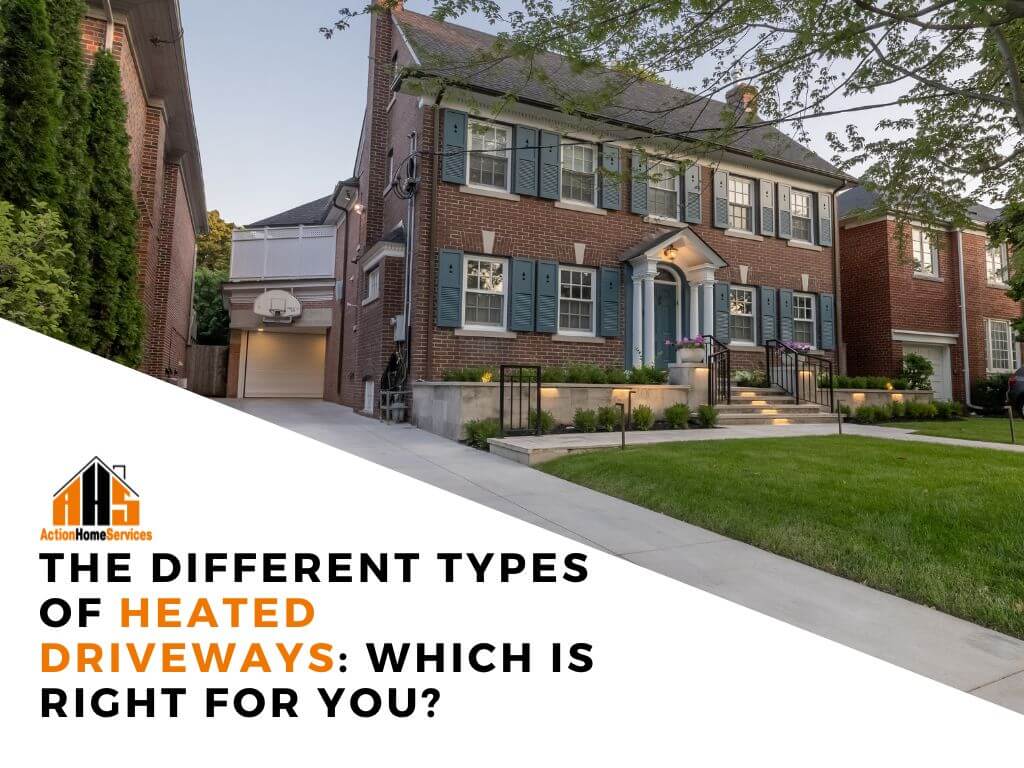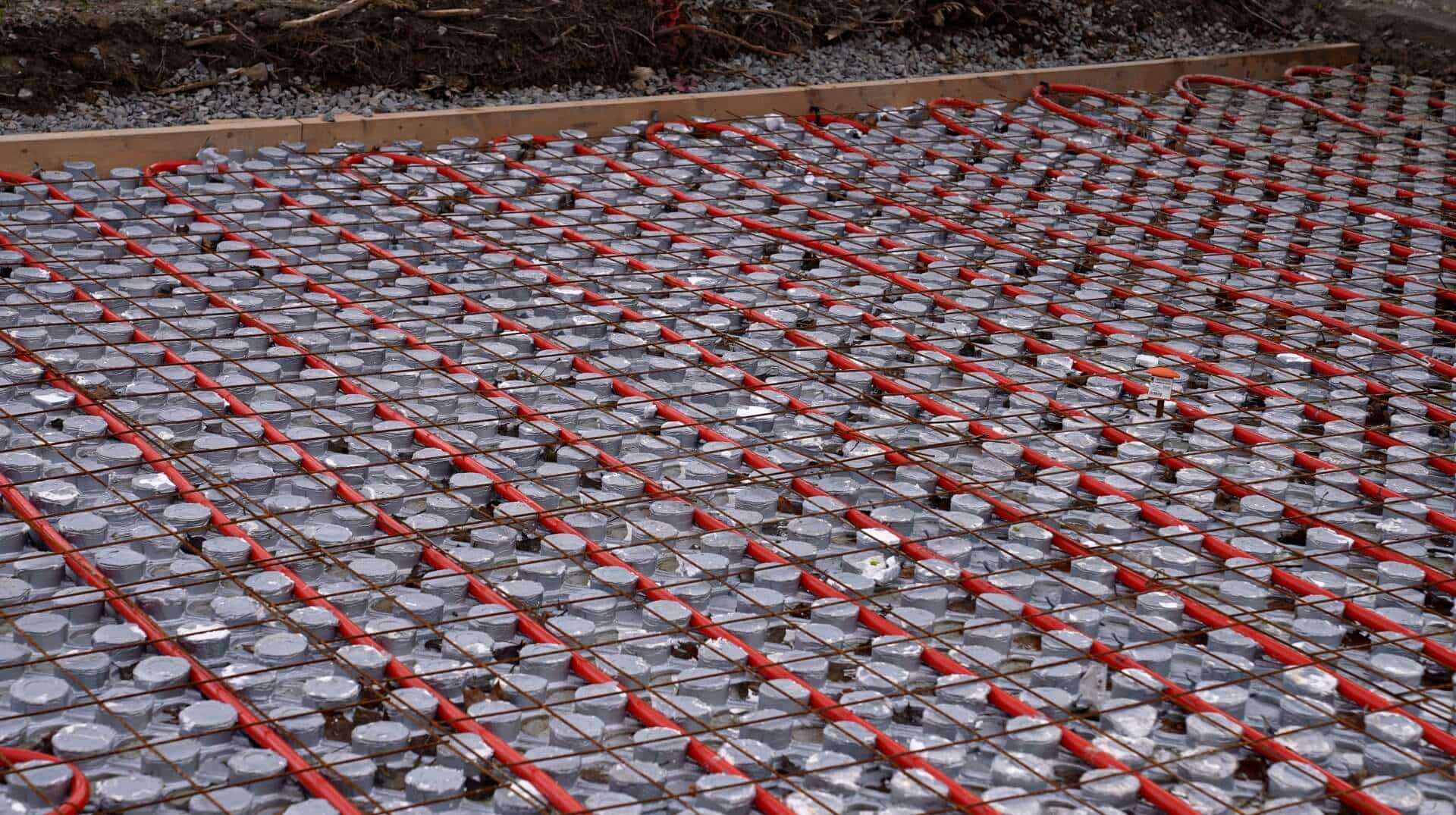
As winter approaches, many homeowners dread the thought of shoveling snow from their driveways. Heated driveways offer a practical solution, providing safety and convenience by automatically melting snow and ice. If you’re considering this upgrade, it's important to understand the different types of heated driveway systems available. Here’s a breakdown to help you decide which is best for your home.
1. Electric Heated Driveways
Electric systems are one of the most popular options for heating driveways. These systems use heating cables installed beneath the driveway surface to melt snow and ice. The cables are connected to a power source and controlled by a thermostat. When temperatures drop and snow starts to accumulate, the system automatically activates, keeping your driveway clear. Electric heated driveways are relatively easy to install and maintain, making them a great option for small to medium driveways. However, they can be more energy-intensive in harsh winter conditions.

2. Gas (Glycol) Heated Driveways
Gas (glycol) heated driveways, also known as hydronic systems, are a more energy-efficient option for larger driveways. These systems work by circulating a mixture of water and antifreeze (glycol) through a series of pipes beneath the driveway. A gas-powered boiler heats the fluid, which then melts snow and ice. While this system requires a higher upfront investment, it’s more cost-effective for larger areas and offers lower operational costs over time.
At Action Home Services, we specialize in installing electric heated driveways and gas (glycol) heated driveways that are both effective and energy-efficient, ensuring you get through winter.
Choose the right system with Action Home Services, and let us handle your winter woes!


